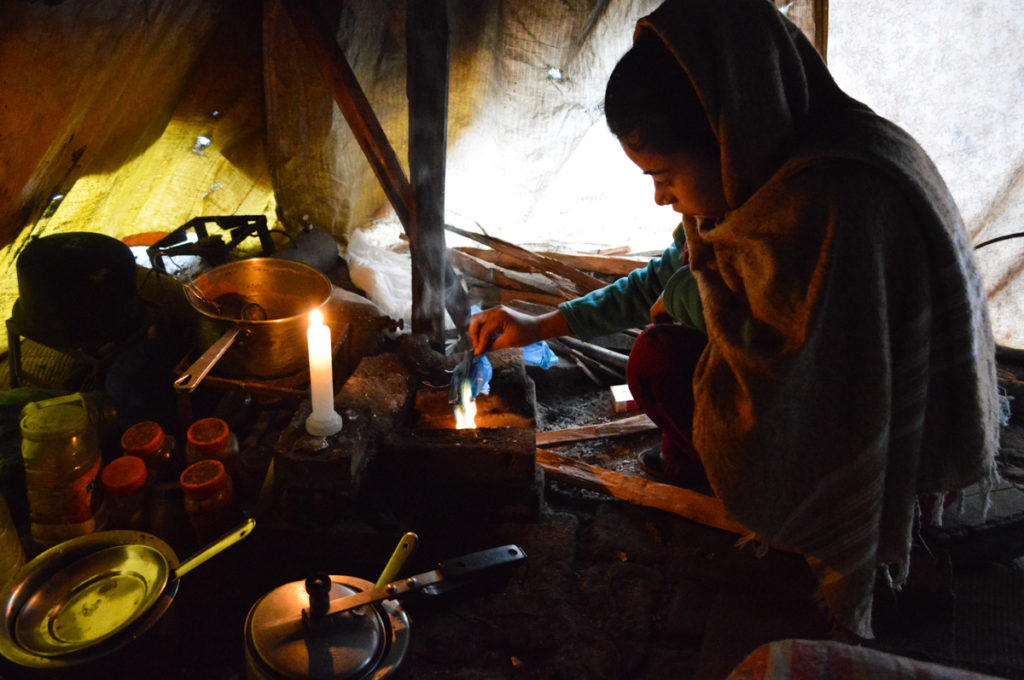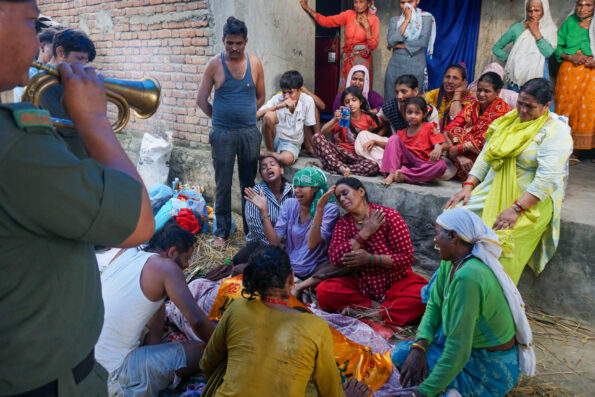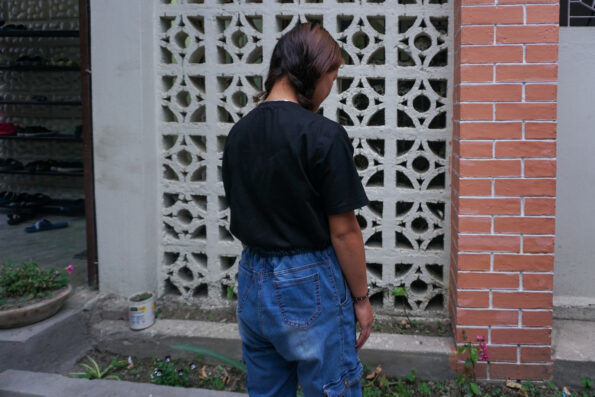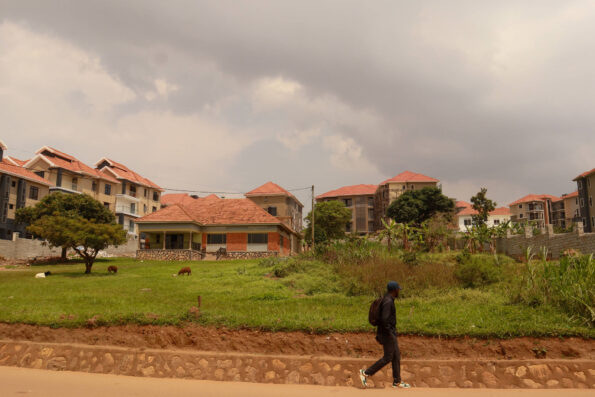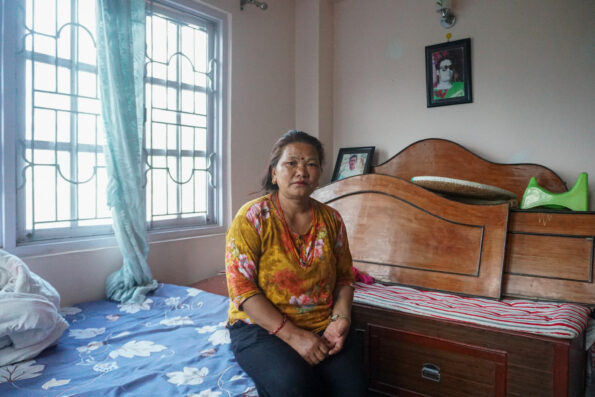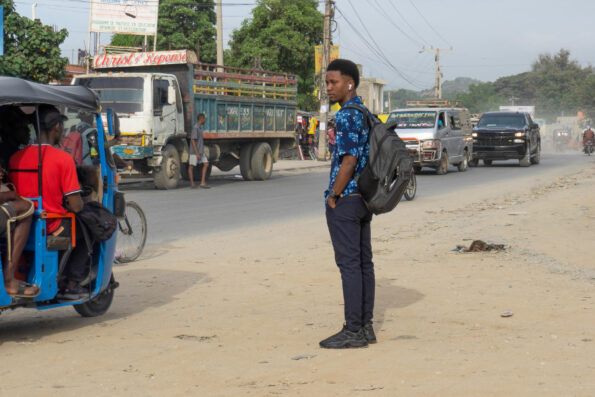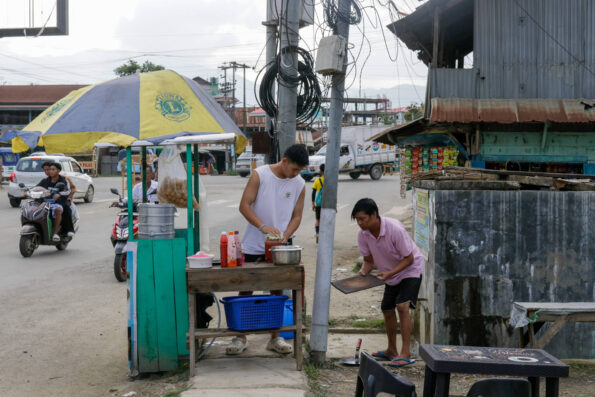
Shilu Manandhar, GPJ Nepal
Jupiter Rana Magar, 6, seen with his mother, helps keep the kitchen fire going, while his mother and grandmother cook dinner. Jupiter and his brother finish their homework as soon as they return home from school as there is no electricity after dark.
KATHMANDU, NEPAL ─ It’s been 10 months since the April 2015 earthquake that destroyed almost half a million houses and damaged more than a quarter-million more, and thousands of people are still living in tents and temporary shelters in this capital city.
According to the Post Disaster Needs Assessment, a report published by the National Planning Commission, the earthquake impacted an estimated 8 million people, almost one-third of Nepal’s population. That report is considered the final tally on the earthquake’s damage. Earlier figures had numbers that varied from these final estimates.
More than 40,500 people were living in 100 temporary displacement sites over 12 districts in Nepal between Oct. 27 and Nov. 11, according to the International Organization for Migration, which tracks sites with 20 or more households.
An ongoing blockade at Nepal’s border with India, the result of political protests, exacerbated the situation, making food, fuel and other necessities scarce and expensive. (See GPJ story on blockade HERE.)
“Everyone can see that the people are suffering,” says Chandra Mani Adhikari, an economist and a former member of the National Planning Commission. “In addition, due to the blockade, all supplies were closed. The government mechanism could not work.”
People coped in temporary shelters during the summer months, Adhikari says, but now that harsh winter weather has arrived, government action is urgently needed.
“It is already late,” he says. “The government has to immediately start implementing their action plan and reconstruction plan. The institution, individuals and the community should work together.”
Many families still living in tents were renting rooms in Kathmandu homes that were destroyed. They did not receive government funds since they did not own property.
Ravi Shah, deputy director general for the housing division of the Department of Urban Development and Building Construction agrees that the temporary shelters built by the government are not adequate to cope with winter conditions.
“We designed temporary shelters which would upgrade to transitional shelters,” he says. “For temporary shelters, tarpaulin was used which we then upgraded with the use of steel sheets and semi-permanent walls.”
Shah says that the Ministry of Home Affairs is providing some relief assistance to earthquake affected families this winter, but adds that a housing solution won’t likely be determined until after the winter season ends.
Shah says the government estimates that it will take up to five years for families to shift to permanent homes. But he believes it may happen sooner than that.
Shilu Manandhar, GPJ, translated interviews from Nepali.
















